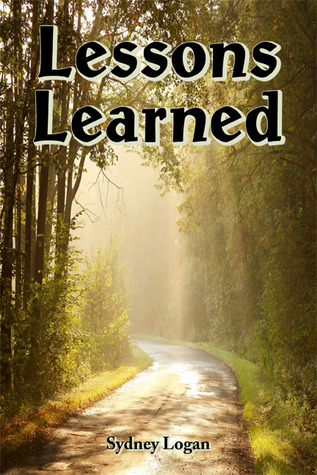//
// <![CDATA[
// ]]>
A town reliant on the two pillars of school and church, Sycamore Falls is a profoundly conservative community in the American South, named after the falls that provide a local beauty spot. An English teacher named Sarah has returned to her hometown from Memphis, where a violent incident about which she feels guilty has traumatised her. Going back to live in the house that her grandmother has bequeathed to her, romance blooms when she meets fellow teacher, Lucas, newly arrived from New York City. Their relationship is conducted against the background of events surrounding a troubled student jock called Matt.
Sarah sees Sycamore Falls and the house where she used to live with her grandmother as a place of safety. Her need to return to her roots has taken her by surprise. It’s a response to her witnessing a shooting incident at her former school involving a vulnerable student followed by the end of her relationship with an unsupportive partner. She craves the familiarity of home where she had a special bond with her grandmother, who cared for her after the death of her parents when she was 16 years old.
Spoiler Alert (but not really)
A small town gal returning home from the big, bad city is familiar territory as is a tormented student struggling with his sexuality. I don’t think I’m giving anything away as Matt being gay is kinda flagged up before the reveal, so it doesn’t come as any surprise. He’s the football team’s quarterback and the story begins with him dating the head cheerleader. The author displays a neat sense of the book’s self-awareness. Matt even describes himself as “a walking stereotype”. It’s easy to imagine this as a TV movie, complete with spectacular mountain scenery.
The Sin Bin
When Matt’s sexuality is revealed, the town is divided with many people at school, on the football team and in church ostracising him. His few allies include our romantic pair, Sarah and Lucas. Oh, they disapprove of his ‘lifestyle’, but they don’t think that should affect anyone’s relationship with him or treatment of him. I was waiting for at least one character to come along and say that, actually, there is nothing wrong with being gay, but no one ever does. No one is put forward to offer a counter argument.
All credit to the author for incorporating a controversial social issue in the romance genre, but it won’t go far enough for the more liberal readership. The message is to disapprove of the ‘sin’ and not the ‘sinner’. Even the Falls is a metaphor for sins being washed away.
The only argument to support the disapproval is that the Bible says so, so there isn’t any springboard for a debate. There is a lot of talk about tolerance and unconditional love, ironically also inspired by the Bible. Small town life and life in the ‘big city’ is compared in terms of its capacity for tolerance. The author asks the question, are the ugly attitudes of a small town ever a price worth paying for living there?
In Lucas, Sarah finds her soul mate, as he too is coming to terms with an upsetting incident. He’s left New York under a cloud, despite being cleared of all charges, having faced a malicious and false accusation by a student. When Matt’s problems overwhelm him, Sarah and Lucas are determined to defend him. This new situation mirrors the one in which Sarah’s former student in Memphis found himself and her guilt about failing to save him is a compelling motive to save Matt. Helping this young man represents closure for Sarah and the chance to move on from her past.
This might sound unkind, but Sarah is high maintenance. Lucas has the patience of a saint in dealing with her insecurities and mood swings. She is reluctant to let herself go and trust her feelings. This leads to some tension, which sometimes seems to be heading for conflict but it never comes. I was longing for a blazing row, but instead, Lucas dries her tears and sweetly reassures her every time.
The couple’s bond is cemented in the face of Matt’s life spiralling out of control. He’s a sensitive and thoughtful young man, without being insipid. At the other end of the spectrum, his father and his head teacher are reactionary bullies and respond as if he’s grown two heads overnight.
Future Promise
Sydney Logan has a very good ear for dialogue, both dramatic and light-hearted. She doesn’t go in for elongated descriptive passages, so the pace zips along and you certainly want to turn the page to see what happens. The structure of the story is impressive given this is her debut novel.
When Logan looks at the raw emotions of Matt and the people affected by the fall out, it is very powerful and I would have preferred more of that and less of the domestic bliss of our loved up teachers. There was a bit too much “brushing lips” for my taste, but this is a romance novel, after all. I did find Lucas to be impossibly perfect, to the point of being tedious.
I think Sydney Logan has an assured future as a writer. One of the most moving passages is when Matt’s mother makes a speech defending her son to the church congregation. My wish would be for her to explore issues in a more balanced way in her next book and to do more of what she’s good at – describing real emotions.
If you have a Kindle and want to read Lessons Learned, you can grab a copy here.

